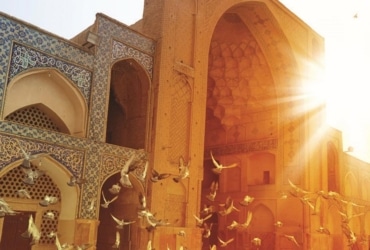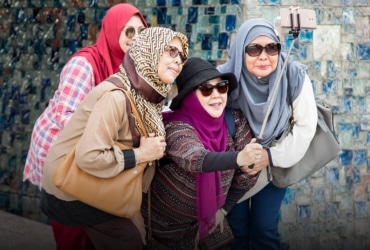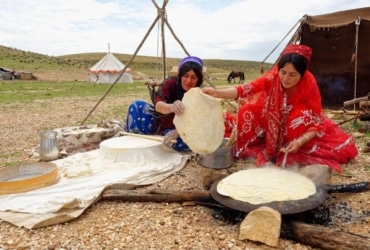Iran Tours for US Citizens
Iran tours for US citizens by SURFIRAN offer an exciting journey into the heart of Persian culture and history. The adventure starts with choosing the right tour operator, a crucial ally in navigating the unique visa requirements for US travelers. Upon selecting a tour company, they take charge of the visa process, securing an “Authorization Code” from Iran’s Ministry of Foreign Affairs. This code is your key to proceeding with the visa application at the “Iranian Interests Section” of the Pakistan Embassy in Washington, DC.
It’s essential for US travelers in Iran to be accompanied by a tour guide. This not only ensures adherence to travel regulations but also enriches your experience, making your exploration seamless and deeply engaging. Gear up for an unforgettable journey into the heart of Iran, specifically tailored for US citizens!
How to travel to Iran as a US citizen?
Our Iran tours for US citizens are designed as intimate small group experiences with a maximum of six travelers. This setup creates a more personal atmosphere, helps you connect with like-minded explorers, and ensures smooth, well-organized travel from start to finish.
Essential Advice for US Travelers
Explore vital tips for US citizens planning Iran tours, covering everything from visa processes to cultural etiquette, ensuring a well-prepared and enriching travel experience.
Iran Visa For US Citizens
US passport holders looking to explore Iran need to start with a critical step: obtaining a travel authorization number from a licensed tour operator in Iran. The process involves submitting several key documents:
- A passport scan.
- A detailed tour itinerary, provided by your tour operator.
- A document with your personal information like name and birth date.
- Your professional resume.
This application process can take 45 working says, influenced by holiday schedules and specific details in your application.
Once you receive your visa authorization code, you’re close to the finish line in securing your visa. For most Americans not residing in the Washington DC metro area, the next step involves mailing your visa application and passport to the Iranian Interests Section of the Pakistani Embassy. Since Iran doesn’t have an embassy in the United States, the Pakistani Embassy represents Iranian interests.
Your mailed package should include:
- Visa application forms.
- The authorization code.
- A passport photo.
- Your passport.
- A $120 USD money order covering the visa processing and return mailing fee.
- A return envelope.
Send this package to 1250 23rd St. N.W. Suite # 200, Washington, DC 20037. The processing time usually spans 2-3 weeks, but there’s an option to expedite for an additional fee.
For those in or near Washington DC, you can personally deliver your documents to the Pakistani Embassy at the same address. The required items are your authorization code, visa application forms, passport photos, passport, and a $90 USD money order (as no mailing fee is required). The embassy accepts these submissions on weekdays from 8-11 AM or 2-4 PM.
Once you submit your paperwork, the typical processing time is about 45 working days.
Visa and Master Cards in Iran
Travelers heading to Iran need to be aware of a significant financial consideration. Due to the US trade embargo, international credit and debit cards, including Visa and MasterCard, are not accepted in Iran. This restriction also means visitors cannot withdraw cash using these cards from ATMs in Iran.
However, Iran does have a network of ATMs, but they are compatible only with locally-issued bank cards, such as the Mellat Card and Melli Card, provided by local Iranian banks. To navigate this financial landscape, one practical solution for international visitors is the OrientTrips Tourist Card.
The OrientTrips Tourist Card offers a convenient and secure way to manage your expenses while in Iran. It eliminates the hassle of carrying large amounts of cash and provides an efficient alternative to non-functional international banking cards.
By using this card, you can easily make transactions and access funds, ensuring a smoother and worry-free travel experience in Iran.
Solo Travel in Iran as an American
When traveling solo in Iran as a US citizen, a key rule is to always have a guide with you.
Can U.S. Citizens Travel To Iran By Land Or Sea?
Starting on January 7, 2024, travelers from the United States, Canada, and the United Kingdom can explore thrilling journeys to Iran using their own vehicles. Read more…
Currency Exchange Offices (Money Changers In Iran)
Travelers arriving at the new Imam Khomeini International Airport in Tehran will find convenient currency exchange facilities. For those who need to exchange currency upon arrival, this service is a great relief.
Additionally, Tehran and other major cities in Iran boast a network of currency exchange offices. These are licensed by the Iranian National Bank, ensuring reliability and trust. It’s not just the airport; you can find these exchange services spread across the city centers.
Many local banks also provide foreign exchange services. However, it’s important to note that not all bank branches offer this. For the best advice on where to go, your host or hotel staff can be a great resource. They can guide you to the nearest and most reliable currency exchange points.
Cell Phone Service And Internet
Traveling to Iran requires a bit of tech preparation, especially when it comes to staying connected. US cell phone service providers, like Sprint and Verizon, don’t offer roaming in Iran. This means you’ll need an alternative for making calls and accessing the internet.
Upon arrival, purchasing a local SIM card at the airport is a convenient solution. This allows you to make both domestic and international calls and access 3G and 4G internet on your cellphone. A popular choice among travelers is the prepaid MTN IranCell, the second-largest mobile phone network operator in Iran, partly owned by South Africa’s MTN Group.
For a hassle-free experience, consider exploring Iran SIM Cards by OrientTrips. They offer a range of options tailored for international visitors, ensuring you stay connected with ease during your travels in Iran.
Obtaining Travel Insurance
For US citizens traveling to Iran, securing travel insurance is essential. Start by checking with your current insurance provider; some may offer international coverage.
If not, consider specialized travel insurance companies that cater to international travelers. Look for policies covering medical emergencies, trip cancellations, lost baggage, and other unforeseen circumstances.
It’s crucial to confirm that the policy is valid for travel in Iran. For convenient options, explore OrientTrips which offers tailored insurance solutions for travelers to Iran.
Can You Travel To Iran As An Unmarried Couple?
Yes! This is an often more assumed problem than a real one for most travellers. Travelling to Iran will not be a problem. Most hotels, like everyone else, won’t ask or care about your relationship status.
In the case that they do, it is up to individual travellers to decide how they respond but no proof of marriage is required.
In the very worst scenario, you may be required to take separate rooms but this is almost unheard of, particularly for foreign travellers. But remember unmarried Persian couples are not able to get a hotel room.
If you’re married to an Iranian we advise you to carry your marriage certificate with passport as proof of marriage.
Drink Alcohol And Eat Pork In Iran
Drinking alcohol is against the law in Iran and no shops are permitted to sell it. Anyone caught in possession of alcohol faces arrest and in the case of a tourist face deportation.
People in Iran tend to drink tea, Sharbat (a cool, sweet drink known as the world’s first soft drink) or doogh (a savoury yogurt drink). Alcohol free beer is also available. Pork is not available.
When it comes to meat most Iranians tend to eat chicken, beef or lamb, all of which are widely available.
Best Time to Visit Iran
Deciding the best time to visit Iran greatly depends on your travel preferences and activities. Iran experiences extreme weather variations, with hot summers and cold winters. In some regions, you might even encounter snow during winter.
Travelers should be aware of the month of Ramadan. During this period, many food stores remain closed during the day, which can be challenging for visitors not observing the fast.
Another important time to consider is around the Iranian New Year, celebrated on March 21. This is a peak holiday season for locals, making it harder to find available accommodations. Planning ahead is crucial if you wish to travel during this vibrant but busy time.
For more detailed information and assistance in planning your visit to Iran, check out SURFIRAN’s tours for a variety of options that cater to different seasons and interests.
How Much Money to Bring
When planning your budget for a trip to Iran, consider your personal spending habits and travel style. On average, allocate around $25-35 USD per day for food and entry fees to various sites. However, this is just a starting point.
Remember to set aside extra funds for souvenirs, laundry, and other incidentals. It’s also wise to have a “miscellaneous/emergency fund.” Based on personal experience, for a 15-day trip, you might budget approximately $800 USD but end up spending around $500 USD. This variance includes small souvenirs, occasional upscale dinners, and tips for your driver and guide. Keep in mind that this estimate assumes modest eating habits and might vary for those who prefer more lavish dining experiences.
Customized Tours for US Explorers
An Iran Private Tour offers personalized travel experiences in Iran for individuals or groups, providing flexibility and a unique perspective on the country.
SURFIRAN Reviews
Can US citizens travel to Iran?
Yes, US citizens can travel to Iran, but they must be accompanied by a tour guide at all times and can only enter or exit the country via air travel due to government regulations.
How do US citizens obtain a visa for Iran?
US citizens need to apply for a visa through a licensed tour operator in Iran, which will require a passport scan, a complete tour itinerary, personal information, and a professional resume.
What is the cost of living for a US citizen traveling in Iran?
On average, budget around $25-35 USD per day for food and entry fees, plus extra for souvenirs, laundry, and other incidentals.
Can US citizens use their credit/debit cards in Iran?
Due to the US trade embargo, international credit and debit cards are not accepted in Iran. Visitors should use locally-issued bank cards or consider the OrientTrips Tourist Card for financial transactions.
What about cell phone and internet service for US citizens in Iran?
US citizens should check with their current provider for international coverage or consider specialized travel insurance companies. OrientTrips also offers tailored insurance solutions for travelers to Iran.
What are the best times to visit Iran for US citizens?
The best time to visit depends on your preferences. Iran has hot summers and cold winters. Note that during Ramadan and the Iranian New Year (March 21), certain services may be limited.
Is English widely spoken in Iran?
English is commonly spoken among younger Iranians and in tourist areas, but it’s less prevalent in rural regions. Having a guide helps navigate any language barriers.
Is Iran safe for US citizens?
Yes, US citizens can visit Iran but must always be accompanied by an Iranian guide and have an itinerary approved in advance.
What are the dress code requirements in Iran?
Observing the Islamic dress code, including Hijab, is necessary in Iran. However, the rules are not strictly enforced for tourists. Women are required to cover their hair, but light enforcement means a kind reminder if forgotten.
What are the rules for photography in Iran?
Photography rules vary by location. Photography is generally allowed in many mosques and some museums, but not in government and military buildings. Always ask for permission before photographing people.
Can Americans travel alone in Iran?
No, American citizens cannot travel independently in Iran. They are required to travel as part of an organized tour or with a private guide. The itinerary and tour guide must be approved in advance.
Can Americans visit Kish Island?
Yes, American citizens can visit Kish Island, but like the rest of Iran, they must be accompanied by an approved guide and follow a pre-approved itinerary.
Can US citizens travel to Iran in 2025?
Yes, US citizens are allowed to visit Iran but must always be accompanied by an Iranian guide and have an itinerary approved in advance.
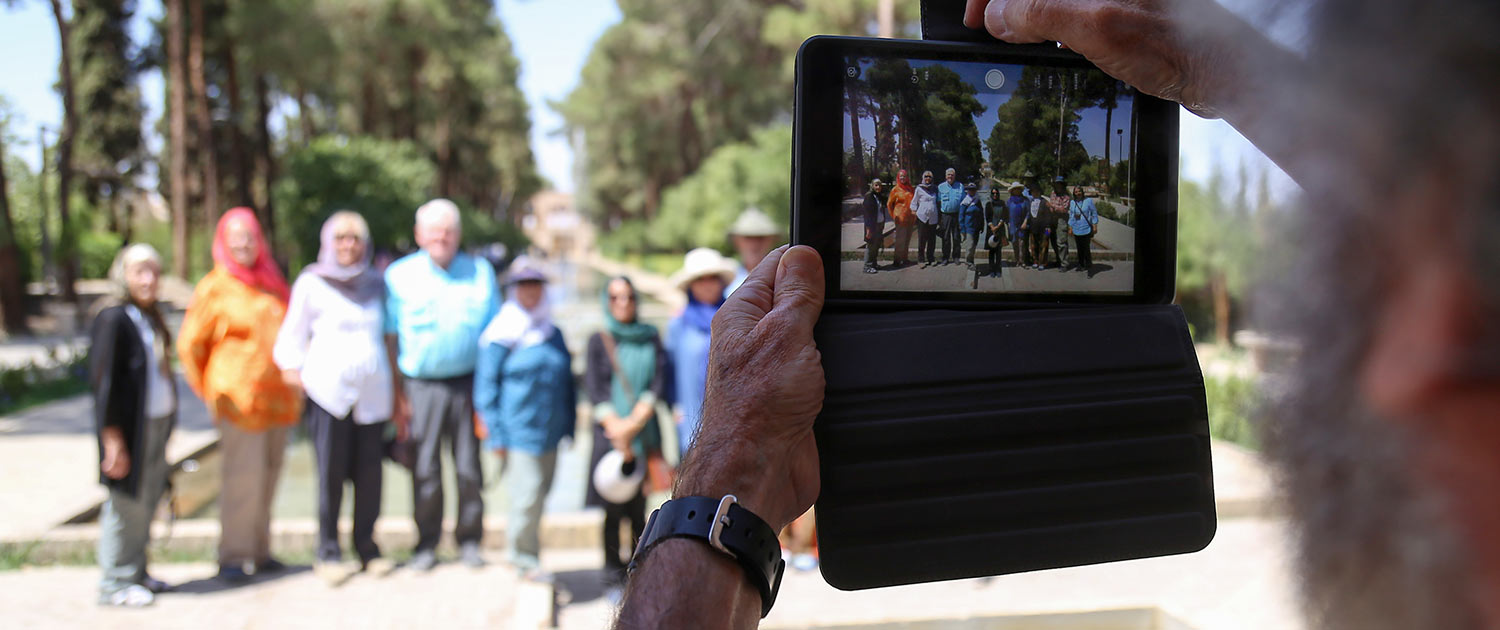
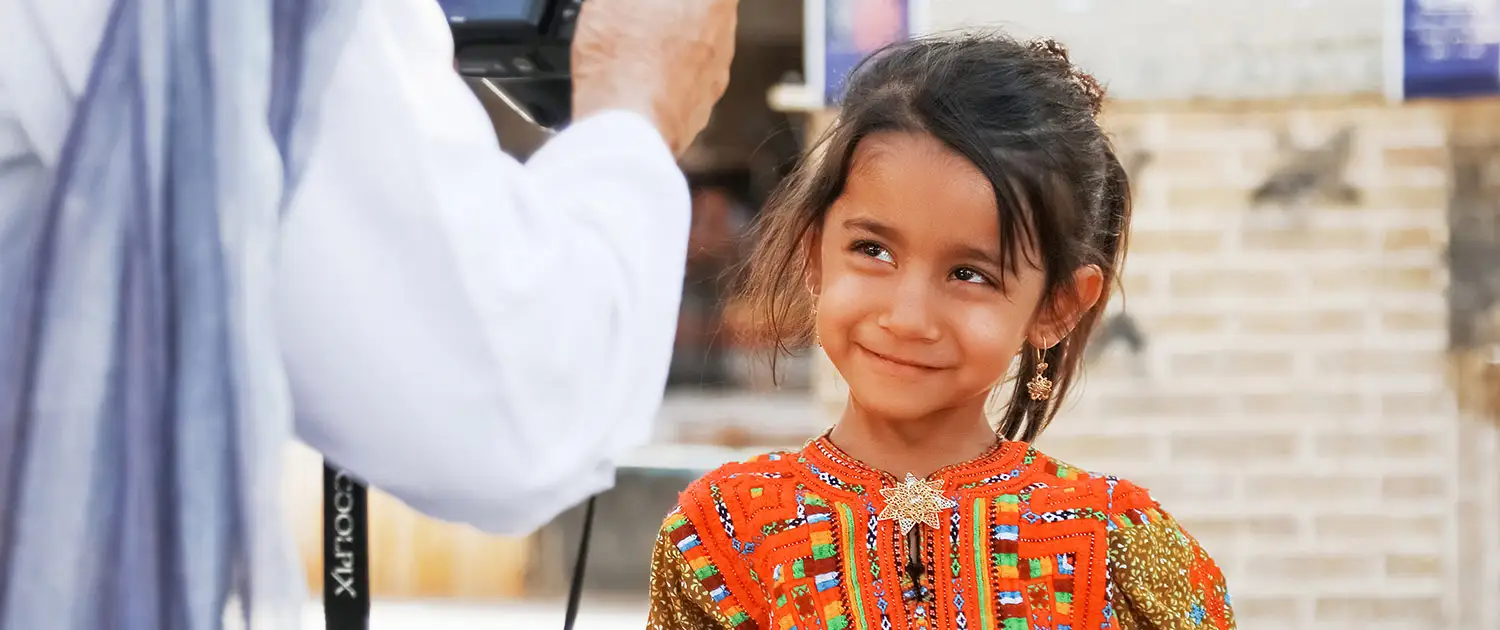
 SURFIRAN
SURFIRAN
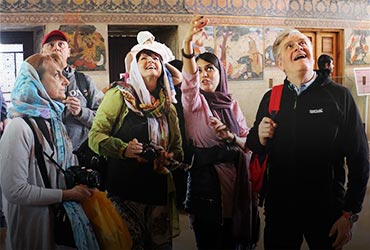


 SURFIRAN
SURFIRAN SURFIRAN
SURFIRAN